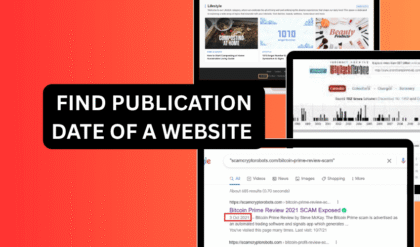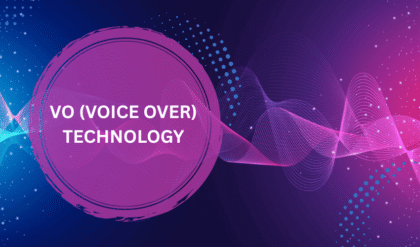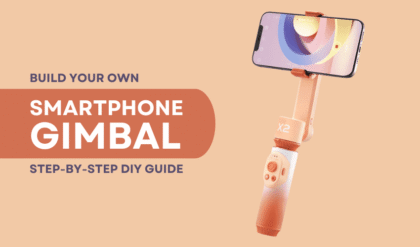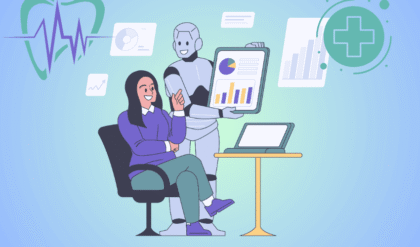Introduction
In the ever-evolving world of artificial intelligence, LLMs for OCR (Optical Character Recognition) have transformed how we extract text from images, documents, and even complex visual scenes. From digitizing handwritten notes to processing multilingual PDFs, these advanced models combine the power of large language models (LLMs) with computer vision to deliver unprecedented accuracy and versatility.
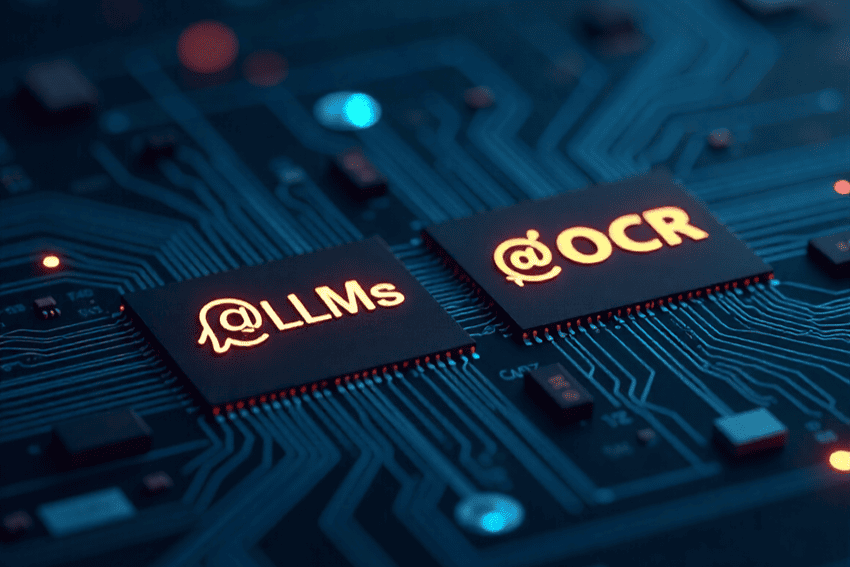
If you’ve ever snapped a photo of a receipt, scanned an old book, or needed to extract text from a street sign, you’ve likely benefited from the magic of OCR powered by LLMs. But with so many models out there, which ones stand out? Let’s dive into the best LLMs for OCR, exploring their strengths, use cases, and what makes them shine.
What Are LLMs for OCR?
Before we get to the top models, let’s unpack what LLMs for OCR are and why they’re a game-changer. Optical Character Recognition is the process of converting images of text—whether typed, handwritten, or printed—into machine-readable data. Traditional OCR systems relied on pattern matching or feature extraction, but they often struggled with complex layouts, diverse fonts, or low-quality images. Enter large language models, or LLMs, which bring contextual understanding and multimodal capabilities to the table. These models, often called Large Vision-Language Models (LVLMs), integrate vision and language processing to not only recognize text but also understand its context, making them ideal for tasks like document analysis, scene text recognition, and even mathematical equation parsing.
LLMs for OCR are pushing boundaries, handling everything from multilingual documents to real-time text extraction with jaw-dropping accuracy. They’re faster, smarter, and more adaptable than ever, making them indispensable for businesses, researchers, and developers. So, which models are leading the pack? Here’s a rundown of the best LLMs for OCR based on recent advancements, performance, and real-world applications.
Top LLMs for OCR in 2025
Mistral OCR
Mistral OCR, launched in early 2025, has quickly become a standout for document understanding. This API-driven model excels at extracting text, tables, equations, and even embedded images from complex documents like scientific papers or presentations. What sets Mistral OCR apart is its ability to process up to 2,000 pages per minute on a single node, making it a top choice for high-throughput environments. It supports thousands of scripts and languages, which is a boon for global organizations dealing with diverse document types.
Why It’s Great for OCR:
- Accuracy: Mistral OCR boasts superior performance in benchmark tests, with accuracy rates reportedly exceeding 99% for clear documents.
- Speed: Its lightweight architecture ensures rapid processing, even for large-scale tasks.
- Multimodal Output: It extracts both text and images, producing structured outputs like markdown files, perfect for integration with Retrieval-Augmented Generation (RAG) systems.
- Use Cases: Ideal for digitizing archives, processing legal documents, and analyzing complex PDFs with charts or equations.
Drawbacks: While Mistral OCR shines for structured documents, it’s a paid API, so costs can add up for large-scale use. Free trials are available on Le Chat, but for full access, you’ll need to head to Mistral’s platform.
GPT-4V (OpenAI)
OpenAI’s GPT-4V, a multimodal powerhouse, has made waves in OCR by combining vision and language capabilities. It’s not just about recognizing text—it can interpret context, making it excellent for tasks like extracting meaning from handwritten notes or understanding text in cluttered scenes. GPT-4V performs well on benchmarks like OCRBench, where it handles multilingual text, scene text, and even mathematical expressions with ease.
Why It’s Great for OCR:
- Contextual Understanding: GPT-4V doesn’t just read text; it understands relationships between text and visual elements, reducing errors in complex layouts.
- Multilingual Support: It supports a wide range of languages, including non-Latin scripts like Arabic and Devanagari.
- Versatility: From receipts to billboards, GPT-4V handles both document and scene text recognition.
- Use Cases: Perfect for real-time translation, visual search, and document digitization in industries like healthcare and finance.
Drawbacks: GPT-4V is resource-intensive and can be slow for large-scale tasks. It’s also one of the more expensive cloud-based options, which might deter smaller organizations.
Claude 3.5 Haiku (Anthropic)
Anthropic’s Claude 3.5 Haiku is a lightweight yet powerful model that punches above weight in OCR tasks. Designed for efficiency, it offers impressive accuracy for both printed and handwritten text, especially in structured documents like receipts and forms. Its cost-efficiency makes it a favorite for businesses looking to balance performance and budget.
Why It’s Great for OCR:
- Cost-Efficiency: Claude 3.5 Haiku is among the cheapest cloud-based models, with high accuracy per dollar spent.
- Speed: It processes text quickly, making it suitable for real-time applications.
- Robustness: It handles noisy or low-quality images better than many competitors.
- Use Cases: Great for automating data entry, processing invoices, and digitizing small business records.
Drawbacks: While excellent for structured documents, Claude 3.5 Haiku may struggle with highly complex layouts or non-standard fonts compared to larger models like GPT-4V.
InternVL 3 (OpenGVLab)
InternVL 3, an open-source gem from OpenGVLab, is a strong contender for developers who need flexibility and power without relying on proprietary APIs. This model excels at high-resolution document processing, breaking down large images into smaller tiles for efficient text extraction. It’s also versatile, supporting tasks beyond OCR, like 3D vision and GUI analysis.
Why It’s Great for OCR:
- High-Resolution Handling: InternVL 3 processes 4K images with ease, making it ideal for large documents.
- Open-Source: Freely available, with a vibrant community for support and customization.
- Multimodal Capabilities: It handles text, tables, and images, making it a one-stop shop for document understanding.
- Use Cases: Best for academic research, industrial image analysis, and large-scale document processing.
Drawbacks: Requires significant computational resources, especially for GPU-accelerated inference, which may be a barrier for smaller teams.
Moondream2
Moondream2 is a compact, open-source vision-language model designed for resource-constrained environments. With under 2 billion parameters, it’s surprisingly effective for OCR tasks, particularly for printed text in forms and tables. Its recent OCRBench score of 61.2 highlights its strength in structured document processing.
Why It’s Great for OCR:
- Lightweight: Runs efficiently on devices with limited resources, like edge devices.
- Speed: Offers real-time scanning capabilities, perfect for mobile applications.
- Open-Source: Freely available, with over 5,000 GitHub stars, indicating strong community support.
- Use Cases: Ideal for mobile apps, real-time document scanning, and low-resource environments.
Drawbacks: Moondream2 struggles with handwritten text and complex layouts, limiting its use in more demanding scenarios.
Qwen2.5-VL
Qwen2.5-VL is another open-source model making waves in OCR. Known for its visual language capabilities, it excels at extracting text from both documents and scene images. Its ability to handle over 90 languages and provide line-level text detection makes it a versatile choice for global applications.
Why It’s Great for OCR:
- Multilingual Support: Recognizes text in over 90 languages, outperforming Tesseract in accuracy.
- Layout Analysis: Identifies tables, headers, and images, making it great for structured documents.
- Open-Source: Freely available, with strong community backing for customization.
- Use Cases: Perfect for multilingual document processing, scene text recognition, and automated data extraction.
Drawbacks: Like InternVL, it benefits from GPU acceleration, which may not be feasible for all users.
TrOCR
TrOCR, a transformer-based model from Hugging Face, is designed specifically for OCR tasks. It combines a vision transformer encoder with a text transformer decoder, making it highly effective for both printed and handwritten text recognition. Its pre-training on large-scale synthetic data ensures robust performance across datasets like SROIE and IAM Handwriting.
Why It’s Great for OCR:
- Specialized Architecture: Built for OCR, with a focus on end-to-end text recognition.
- High Accuracy: Achieves state-of-the-art results on printed and handwritten datasets.
- Open-Source: Freely available, with tutorial notebooks for easy integration.
- Use Cases: Ideal for digitizing handwritten notes, processing receipts, and academic research.
Drawbacks: TrOCR requires fine-tuning for optimal performance on custom datasets, which can be time-consuming.
GOT-OCR2
GOT-OCR2 pushes OCR into new territory by handling specialized inputs like sheet music and molecular formulas. While it’s not a general-purpose LLM, its ability to process complex optical signals makes it a niche favorite for academic and industrial applications.
Why It’s Great for OCR:
- Specialized Applications: Excels at non-standard text like equations and musical notation.
- Structured Outputs: Generates clean, structured data from multi-page documents.
- Use Cases: Best for scientific research, chemical analysis, and music digitization.
Drawbacks: Its niche focus limits its applicability for general OCR tasks.
How to Choose the Right LLM for OCR
Picking the best LLM for OCR depends on your specific needs. Here are some factors to consider:
- Accuracy vs. Speed: If you need high accuracy for complex documents, Mistral OCR or GPT-4V are top choices. For speed, lightweight models like Claude 3.5 Haiku or Moondream2 are better.
- Budget: Open-source models like InternVL, Moondream2, and Qwen2.5-VL are cost-effective, while cloud-based options like GPT-4V and Mistral OCR require subscriptions.
- Use Case: For structured documents, Claude 3.5 Haiku and TrOCR shine. For multilingual or high-resolution tasks, InternVL and Qwen2.5-VL are strong contenders. For niche applications, GOT-OCR2 is unmatched.
- Hardware: If you’re working with limited resources, Moondream2 is ideal. For GPU-accelerated environments, InternVL and Qwen2.5-VL perform best.
Why LLMs Are Revolutionizing OCR
LLMs for OCR are more than just text readers—they’re context-aware, multimodal powerhouses. Unlike traditional OCR systems, which struggled with handwriting or complex layouts, LLMs leverage deep learning and natural language processing to understand text in context. This means fewer errors, better handling of multilingual text, and the ability to process diverse document types. For example, integrating LLMs with OCR has improved accuracy by up to 12.5% on visual benchmarks, making them indispensable for industries like finance, healthcare, and legal.
From automating data entry to digitizing historical archives, LLMs for OCR are streamlining workflows and cutting costs. They’re also enabling real-time applications, like translating foreign signs on a smartphone or extracting data from medical records in seconds. As these models continue to evolve, they expect even greater accuracy and versatility in the years ahead.
Conclusion
LLMs for OCR are redefining how we interact with text in images and documents. Whether you’re a developer building a mobile app, a business digitizing records, or a researcher analyzing complex data, there’s an LLM tailored to your needs. Mistral OCR leads to high-throughput document processing, GPT-4V excels in contextual understanding, and open-source options like InternVL and Moondream2 offer flexibility and affordability. By understanding your priorities—accuracy, speed, cost, or hardware, you can choose the perfect model to unlock the full potential of OCR.
